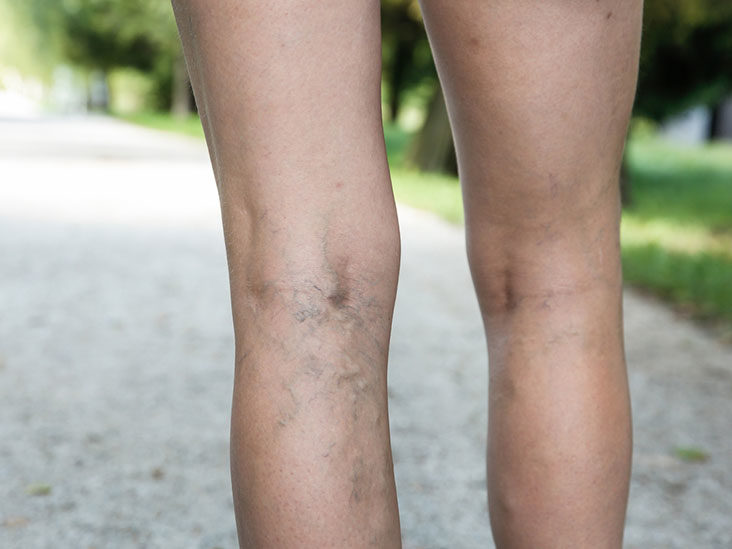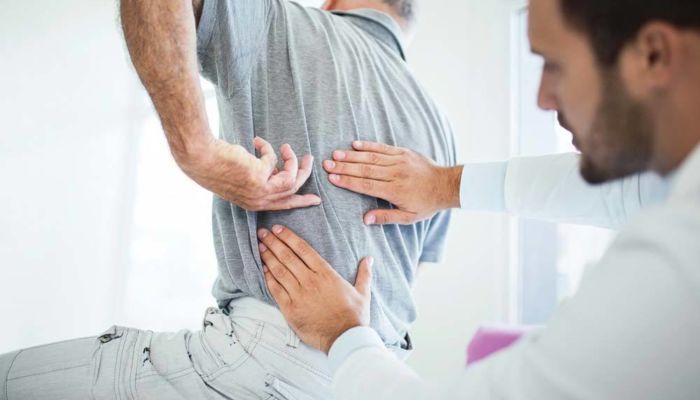If you have ever contacted a vein specialist about varicose veins in Bakersfield, the chances are high that you might know a thing or two about the unsightly veins and why they are likely to appear on your legs. However, if you have no idea about the bulging veins besides the fact that you would not wish to have them on your legs, then you are safe.
Below are some of the varicose vein facts you should know?
What causes the unsightly veins?
Thanks to gravity, your leg’s veins have to work extra harder because they are far from your heart. An interconnected series of arteries and capillaries make up an individual’s circulatory system. The tiny blood vessels carry blood from the heart, dispersing it throughout the body. Since the blood has to find its way back to the heart, the veins take up the task. Unfortunately, the veins in the most extreme areas like the legs must work against gravity, straining their efforts to function efficiently. A malfunction or damage to the veins can be disastrous to the person, though sometimes patients deal with the issue as an aesthetic concern. In an instance that the blood vessels weaken or malfunction, blood ends up pooling behind them, resulting in the not so aesthetically pleasing varicose veins. Factors likely to enhance your chances of developing varicose veins include genes, age: obesity, hormones, and a sedentary lifestyle.
Varicose veins can affect other body parts apart from the legs.
Though most people get varicose veins in their legs because of gravity, that is not the sole spot you might find the unsightly veins. Besides the legs, the veins might also appear on your neck, face, and any other place that might have weakened blood vessels.
Lifestyle changes can help minimize the risks of having a vein condition.
Though genes also play a significant role in the development of these veins, lifestyle changes might also help lower your chances of walking around with the characteristic bulges of blood pools. For instance, your doctor might suggest maintaining healthy body weight, minimizing maintaining a similar position for extended hours, exercising regularly, and minimizing the times you spend on high heels. Though the recommendations might not guarantee you 100% prevention from getting varicose veins, they will help lower your risk, decreasing the symptoms you are likely to have if you develop the unsightly veins.
Not every varicose vein patient will experience painful symptoms.
Though no one fancies the appearance of the veins on their legs, some patients will not realize they have them until they take the time to evaluate their legs. However, individuals who might feel pain might have accompanying symptoms like itching, restless legs, swelling, burning, and leg heaviness. The condition is not something your doctor will advise you to ignore, especially when they begin to swell or bleed.
Whether you have varicose veins or know a loved one who has or wants not to have them appear on your legs, a vein specialist can help. Contact your doctor for more inquiries about varicose veins to know how dangerous they can turn out if you fail to get treatment early.



